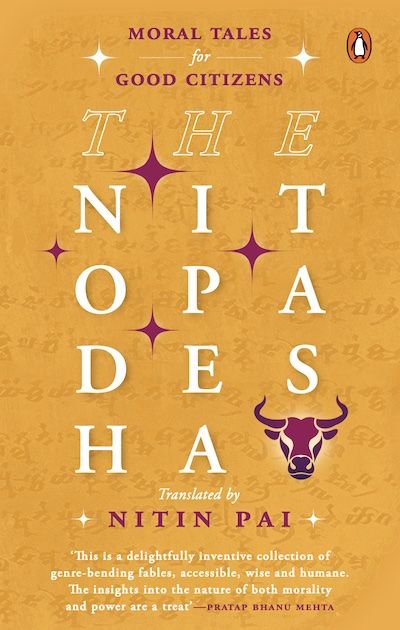Brief Remarks
I had to do quite a bit of research while translating the Nitopadesha this year. Panchatantra translations by Patrick Olivelle, Chandra Rajan and Arthur Ryder revealed a lot that popular versions of the tales leave out. The Kathasaritasagara retold by Meena Arora Nayak is an excellent modern compilation of the stories which led me to look at the exhaustive translations by Charles Henry Tawney (1837-1922) that are available on the Internet Archive.
Concepts
Self-referencing
…when a statement refers to itself (See Wikipedia). Things quickly become interesting and mind-boggling. I am oversimplifying it, but in Douglas Hofstadter’s view, self-referencing is the sign of consciousnessness.
Tocharian
According to Britannica (2022):
Tocharian languages, or Tokharian languages, Two extinct Indo-European languages, Tocharian A and Tocharian B, formerly spoken in the Tarim River Basin in China. Documents date back to ad 500–700. Tocharian literature, written in a northern Indian syllabary derived from Brahmi (see Indic writing systems), was preserved in Buddhist monasteries. Spoken at the eastern frontier of the Indo-European world, Tocharian shows the influence of Indo-Aryan and Iranian languages but seems closer to western Indo-European languages in vocabulary and grammar.
- The HisTochText project is dedicated to the translation of Tocharian texts. There is also a project to create a Tocharian dictionary. There is also a comprehensive edition of Tocharian manuscripts. There is some excitement about the discovery of Tocharian C.
© Copyright 2003-2024. Nitin Pai. All Rights Reserved.
